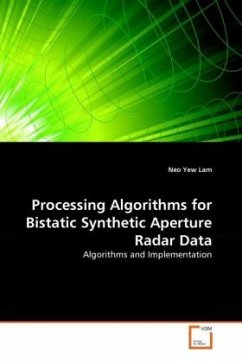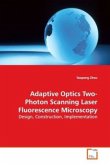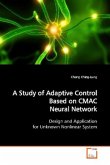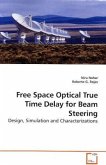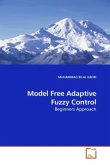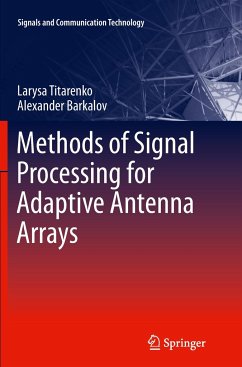Space-time adaptive processing (STAP) for bistatic airborne radar offers several advantages, such as the higher possibility of detecting stealth targets. However, in a bistatic environment, the usual impediment and possible clutter in-homogeneity is further complicated by the range-dependent nature of the clutter ridge in the angle-Doppler plane induced by the physical geometry of the two aircrafts. This complicates the clutter suppression problem and leads to significant degradation in performance. The major objective of this thesis is to develop training methods for bistatic radar operation in a dense environment of ground-moving targets. The work is directed towards what may be called `small STAP'', where the number of spatial channels is small and the array is non-uniform. The work is motivated by a desire to minimise the amount of navigational data associated with both the transmitter and receiver. Furthermore, it is directed towards environments where all range gates may contain targets. This thesis presents several novel STAP approaches, to address the range dependency problem within a bistatic airborne radar framework.
Bitte wählen Sie Ihr Anliegen aus.
Rechnungen
Retourenschein anfordern
Bestellstatus
Storno


